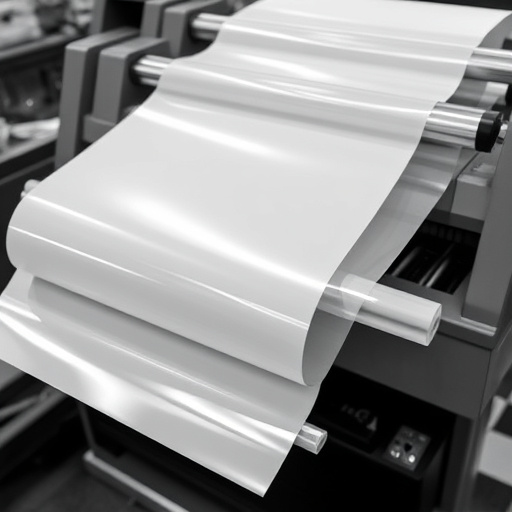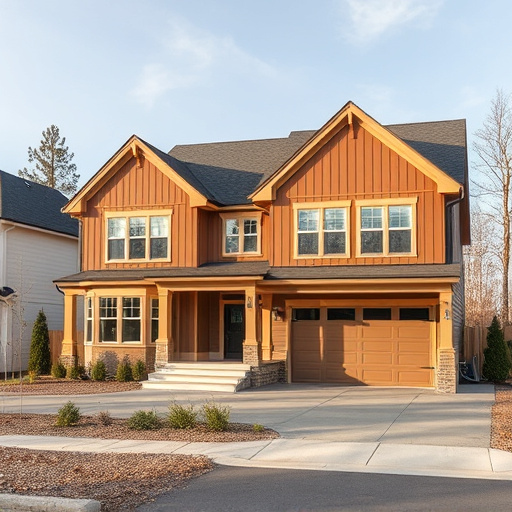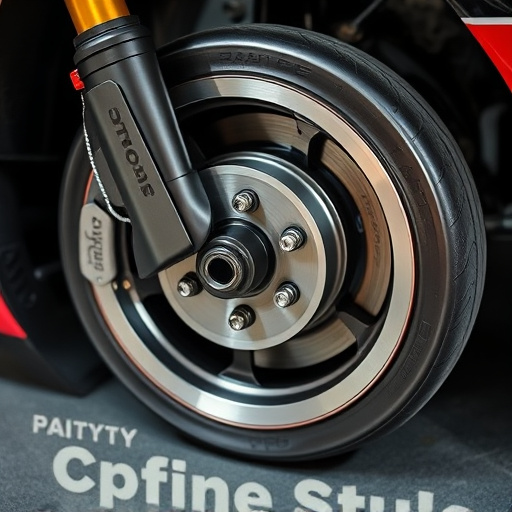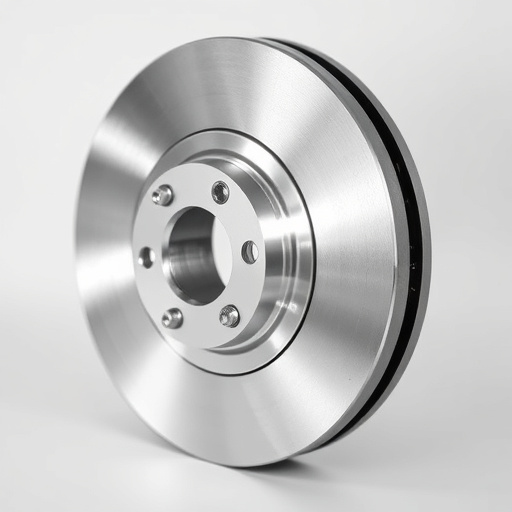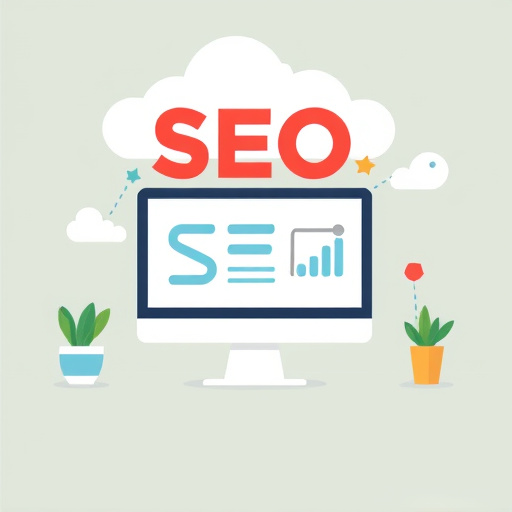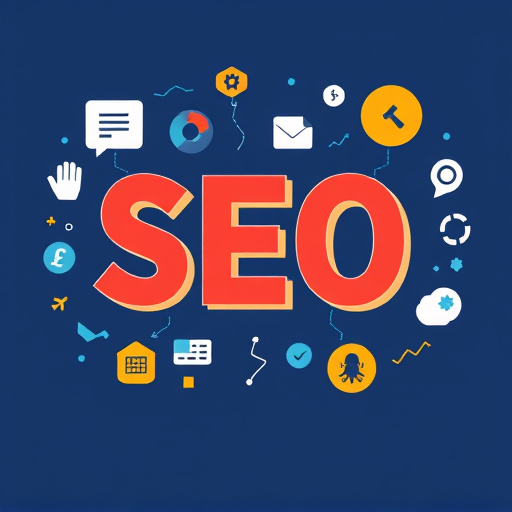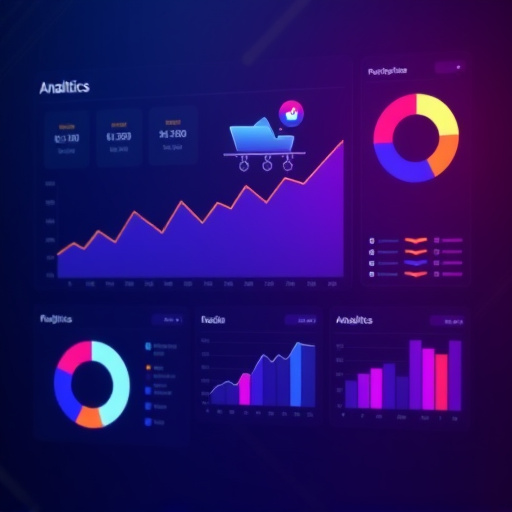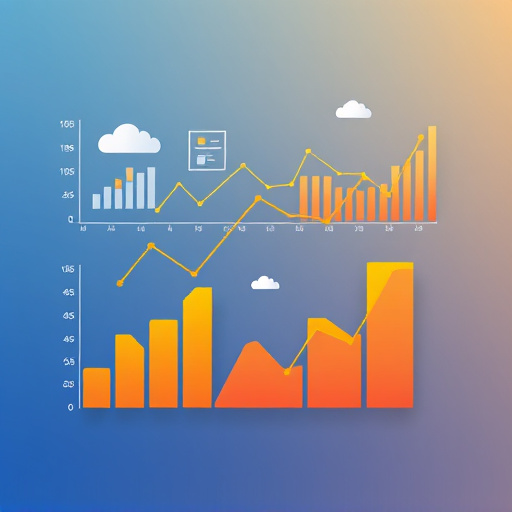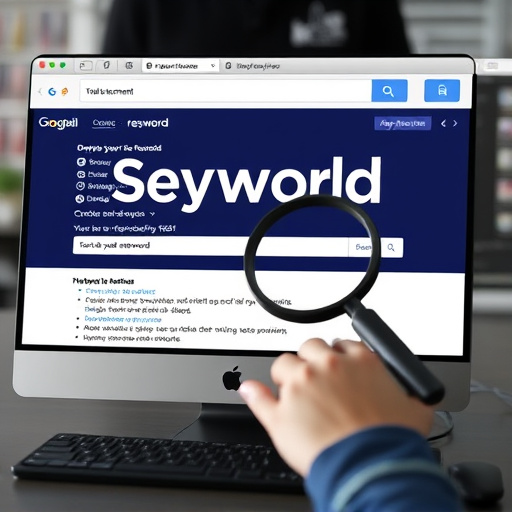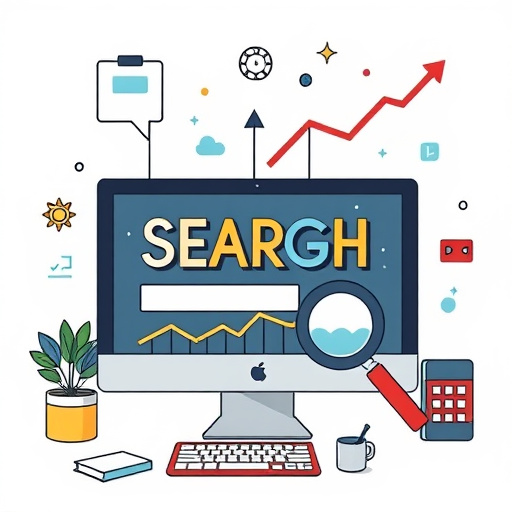Bounce rate is a key e-commerce web design metric indicating customer disinterest in sites with poor design. Lowering bounce rates through UX optimizations drives sales and SEO, boosting online visibility. Effective e-commerce web design includes intuitive navigation, high-quality visuals, mobile responsiveness, strategic CTAs, fast loading times, interactive content, and personalized recommendations to enhance user experience and engagement.
In the fast-paced world of online retail, a high bounce rate can be a significant roadblock to success. This article delves into the intricacies of e-commerce web design, offering insights on how to minimize bounce rates and maximize customer engagement. By understanding the vital role of bounce rate in e-commerce success, exploring key design elements that keep users hooked, and implementing effective user experience strategies, online businesses can create compelling destinations that convert visitors into loyal customers.
- Understanding Bounce Rate in E-Commerce
- Key Design Elements to Reduce Exit
- User Experience Strategies for Lower Bounce Rates
Understanding Bounce Rate in E-Commerce
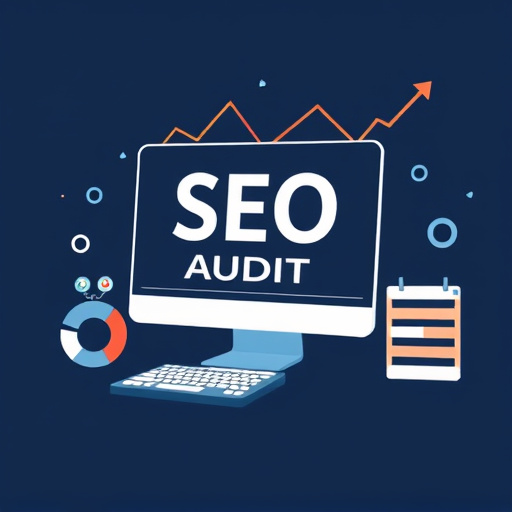
Bounce rate is a crucial metric for e-commerce businesses to understand customer behavior on their websites. It refers to the percentage of visitors who leave a site after viewing just one page, often within 15 seconds or less. In the fast-paced world of online shopping, where customers have countless options at their fingertips, a high bounce rate can be a red flag, indicating that your e-commerce web design isn’t effectively engaging and retaining visitors.
An insightful understanding of bounce rate is essential for optimizing your e-commerce web design to improve user experience. By analyzing which pages or sections lead to higher bounce rates, you can make data-driven decisions to enhance site navigation, content presentation, and overall website performance. Reducing bounce rate isn’t just about increasing sales; it’s also about creating a seamless digital journey that encourages visitors to explore more of your online store, thereby boosting local search visibility and improving Google search rankings through effective organic SEO services.
Key Design Elements to Reduce Exit
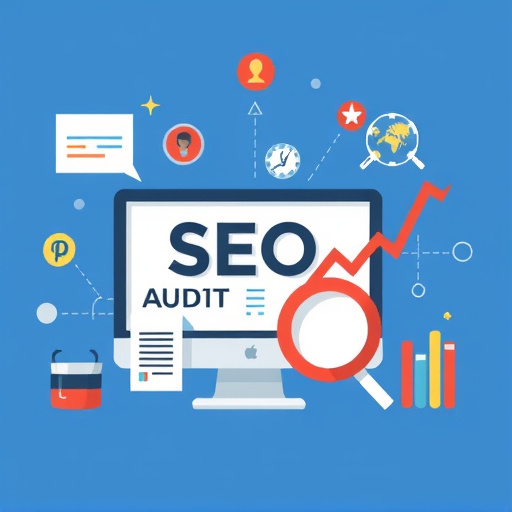
In crafting an effective e-commerce web design aimed at reducing bounce rates and increasing website traffic, several key elements must be considered. Firstly, a clean and intuitive layout that facilitates easy navigation is paramount. Customers should be able to find what they’re looking for swiftly, with clear product categories and filters. Visual appeal also plays a significant role; high-quality images and videos can significantly enhance the user experience, boosting time spent on site. Interactivity through features like live chat or product reviews encourages engagement, fostering a sense of community and reducing potential exit points.
Moreover, optimizing for mobile devices is crucial given the surge in mobile web design South Florida users. Responsive design ensures your e-commerce platform functions seamlessly across various screens, from smartphones to tablets. SEO best practices should also be integrated into the web design process. Working with an SEO consultant near me can help ensure that your site ranks higher in search engine results, attracting more organic traffic. Effective use of call-to-action (CTA) buttons and strategically placed content encourages visitors to explore further, ultimately reducing bounce rates and converting them into paying customers.
User Experience Strategies for Lower Bounce Rates
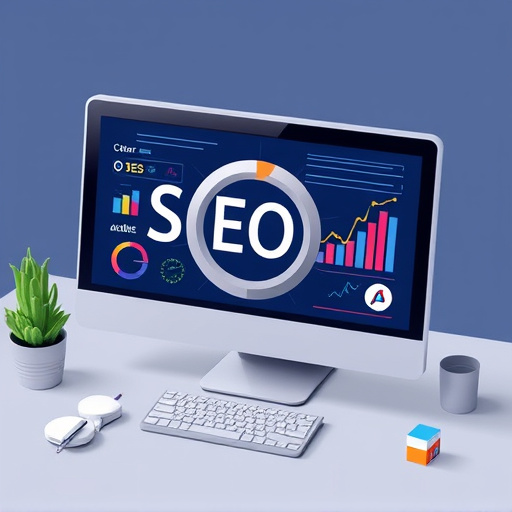
In crafting an e-commerce web design that effectively reduces bounce rates, prioritizing user experience (UX) strategies is paramount. A well-designed website should seamlessly guide visitors through the purchasing journey, ensuring intuitive navigation, clear product descriptions, and high-quality visuals. Incorporating responsive design for optimal viewing across various devices is a key component, as users expect consistent experiences regardless of whether they’re on their smartphones or desktops. Additionally, implementing fast loading times through optimized images and efficient coding boosts user satisfaction and encourages longer browsing sessions.
Interactive elements such as product reviews, live chats, and personalized recommendations not only enhance engagement but also build trust. These features foster a sense of connection between the brand and the customer, encouraging them to explore further and ultimately lower the bounce rate. In the competitive landscapes of e-commerce, where users have countless options at their fingertips, a well-executed website design in Hollywood FL, backed by effective digital marketing strategies in Dallas, can significantly boost local search visibility and drive conversions.
E-commerce web design plays a pivotal role in reducing bounce rates. By understanding the importance of bounce rate, incorporating strategic design elements, and implementing user experience enhancements, online businesses can create engaging and effective websites that keep visitors captivated and converting. Optimizing these key aspects ensures your e-commerce platform not only attracts but also retains customers, ultimately driving sales and fostering a thriving online presence.
